Why Data Literacy Should Be Your #1 Investment in 2026
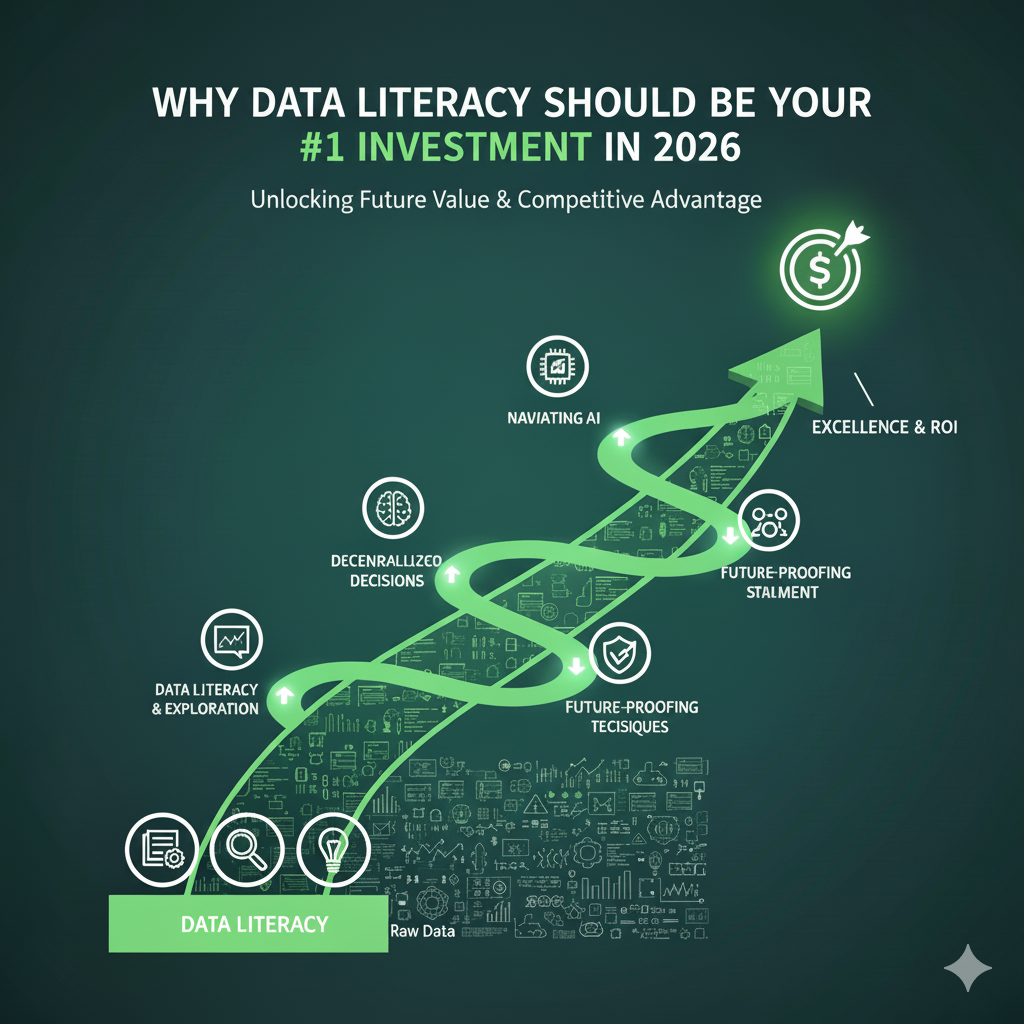
Why Data Literacy Should Be Your #1 Investment in 2026
In today’s digital economy, data is no longer a competitive advantage — it’s a business necessity. Every decision, from strategic planning to daily operations, increasingly depends on data fluency. Yet many organizations still lack one foundational capability: data literacy.
As we enter 2026, the ability to understand, interpret, and communicate with data is emerging as a defining factor of organizational resilience. For leaders and teams alike, investing in data literacy is no longer optional — it’s essential for sustainable growth, innovation, and trust.
What Is Data Literacy — and Why It Matters
Data literacy is the ability to read, analyze, and communicate using data to make informed decisions. It’s not about turning everyone into data scientists; rather, it’s about ensuring that every professional — regardless of role — can confidently engage with data in their daily work.
At the Certified Data Intelligence Professionals Society (CDIPS), we define data literacy as a core component of data intelligence — the strategic capability that empowers professionals to interpret complex information, identify insights, and lead with evidence-based clarity.
Without a strong foundation in data literacy, organizations risk misinterpretation, slower decision-making, and a widening gap between technology adoption and human understanding.
The Data-Driven Imperative
Across industries, the shift toward data-driven decision-making is reshaping how organizations operate and compete. Finance, healthcare, logistics, manufacturing, and even creative industries are being transformed by leaders who know how to interpret and act on data.
For instance, companies like J.B. Hunt, a global logistics leader, invested in organization-wide data literacy — training not just analysts but also finance, operations, and customer teams. The result was a unified data culture where insights drive actions across every level of the organization.
This is not an isolated success story. Healthcare systems now rely on data for patient outcomes, manufacturers for predictive maintenance, and marketers for customer sentiment analysis. In each case, data literacy translates directly into agility, innovation, and competitive edge.
Four Core Benefits of Data Literacy
1. Smarter, Faster Decision-Making
When employees understand data, they make decisions based on evidence, not instinct. A data-literate workforce interprets trends, identifies risks, and responds to opportunities quickly — a vital advantage in fast-changing markets.
2. Greater Innovation and Insight
Data-literate teams foster a culture of experimentation. They use data not just to validate ideas, but to inspire them — identifying new markets, refining products, and uncovering untapped efficiencies.
3. Stronger Collaboration and Communication
When everyone shares a common language of data, cross-functional collaboration becomes seamless. Teams can discuss metrics, outcomes, and trends with clarity — breaking down silos and aligning around shared goals.
4. Measurable Impact on the Bottom Line
From optimizing operations to improving customer retention, data literacy enhances profitability. Organizations that embed data literacy into their culture see tangible returns in productivity, efficiency, and innovation.
Building an Organization-Wide Data Literacy Strategy
To achieve data literacy at scale, organizations must approach it as a strategic transformation — not a one-time training exercise. Based on CDIPS research and best practices, here are five key steps to implementing a successful data literacy strategy:
Step 1: Secure Leadership Commitment
Data transformation begins at the top. Executives must champion the use of data as a strategic asset, model data-driven decision-making, and invest in developing the competencies that sustain it.
Step 2: Build a Data-Driven Culture
A true data culture is one where data is trusted, accessible, and valued across the organization. This means ensuring that data quality, governance, and ethical standards are embedded in everyday practice.
Step 3: Assess Current Capabilities
Understanding where your teams stand today is critical. Conduct assessments to benchmark current skills, comfort levels, and data usage habits. This insight will guide targeted development and avoid one-size-fits-all programs.
Step 4: Define Measurable Goals
Not every employee needs to be a data analyst — but every role should have a clear data competency expectation. Define what “data literacy” means for each function, set attainable milestones, and measure progress over time.
Step 5: Implement Structured Learning Pathways
Develop tailored learning programs that combine practical tools with conceptual understanding. Programs like the CDIPS Data Intelligence Certification and Fellowship pathways are designed to empower professionals to grow their analytical, ethical, and leadership competencies in a data-driven world.
From Literacy to Leadership
Investing in data literacy is more than a skills initiative — it’s a leadership imperative. Organizations that empower their people with data fluency not only adapt faster but also build credibility and trust in their insights.
At CDIPS, we believe that data literacy is the foundation of data intelligence. By equipping professionals with the tools to think critically and ethically about data, we help transform organizations into intelligent, informed, and future-ready enterprises.
The question for 2026 is not whether your organization will invest in data literacy — but how quickly you can make it a cornerstone of your strategy.
Key Takeaways
-
Data literacy is essential for informed decision-making, innovation, and cross-functional alignment.
-
Building data literacy requires leadership buy-in, cultural change, and structured learning.
-
Organizations that invest in data literacy today will lead in data intelligence tomorrow.
-
CDIPS provides pathways for professionals to achieve certification, mastery, and leadership in data intelligence.
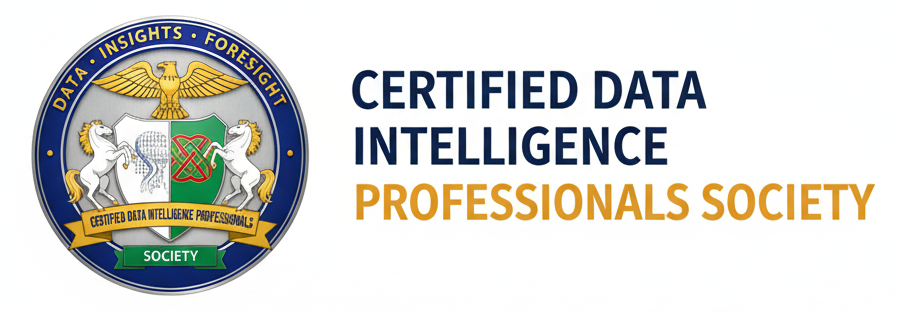
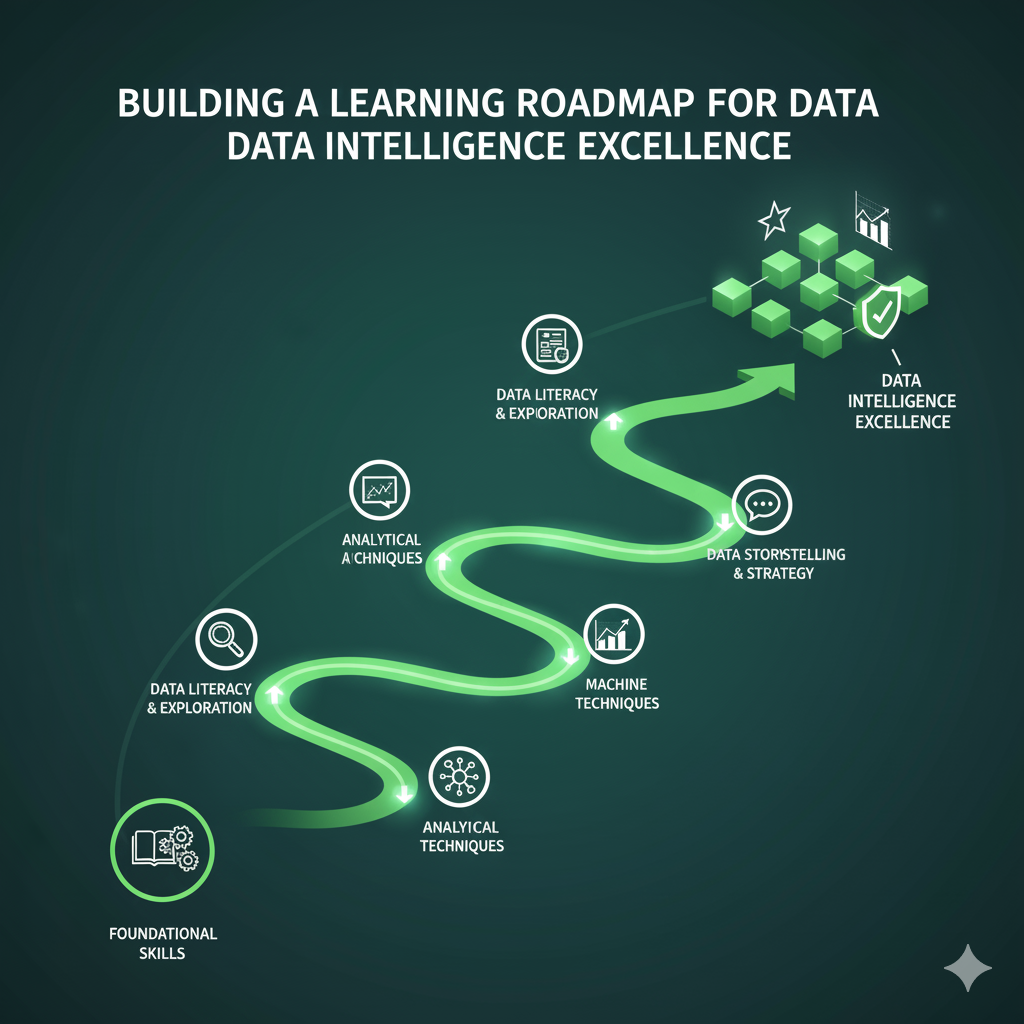
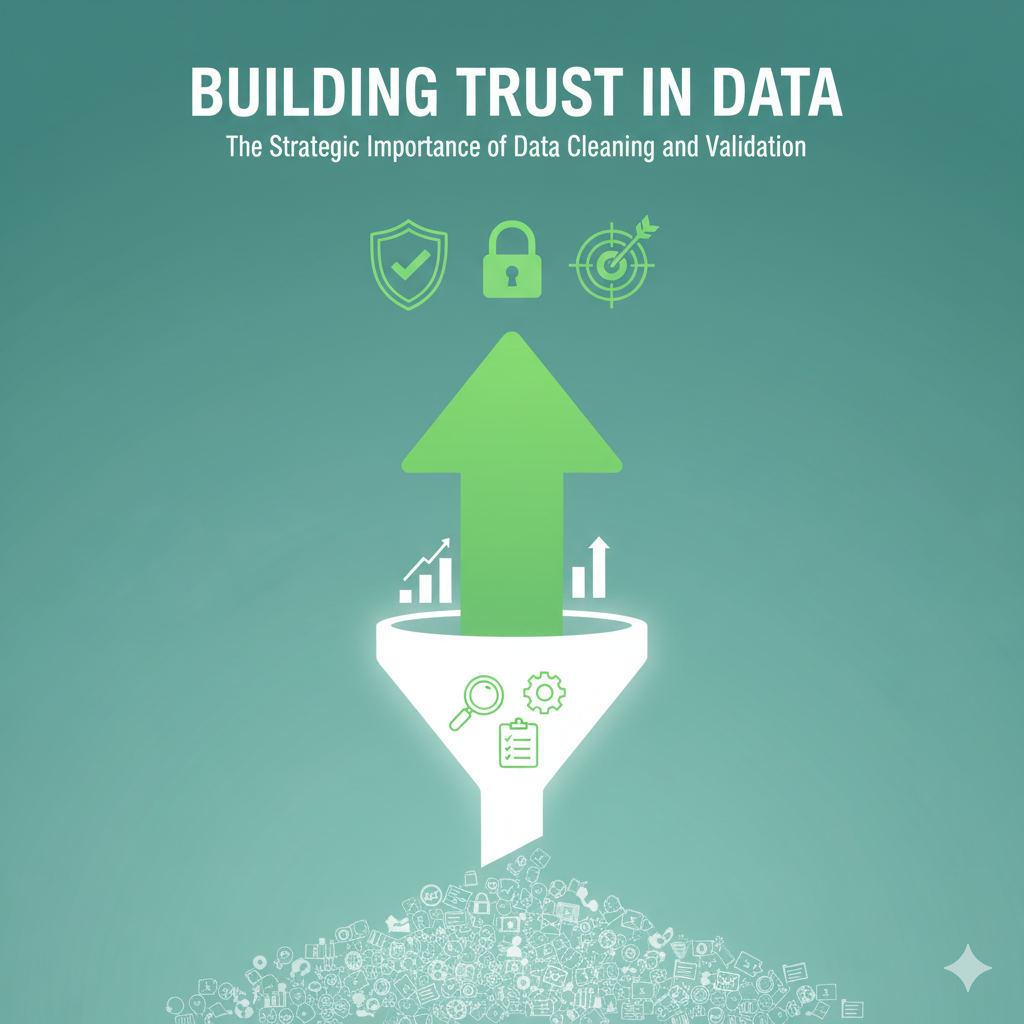
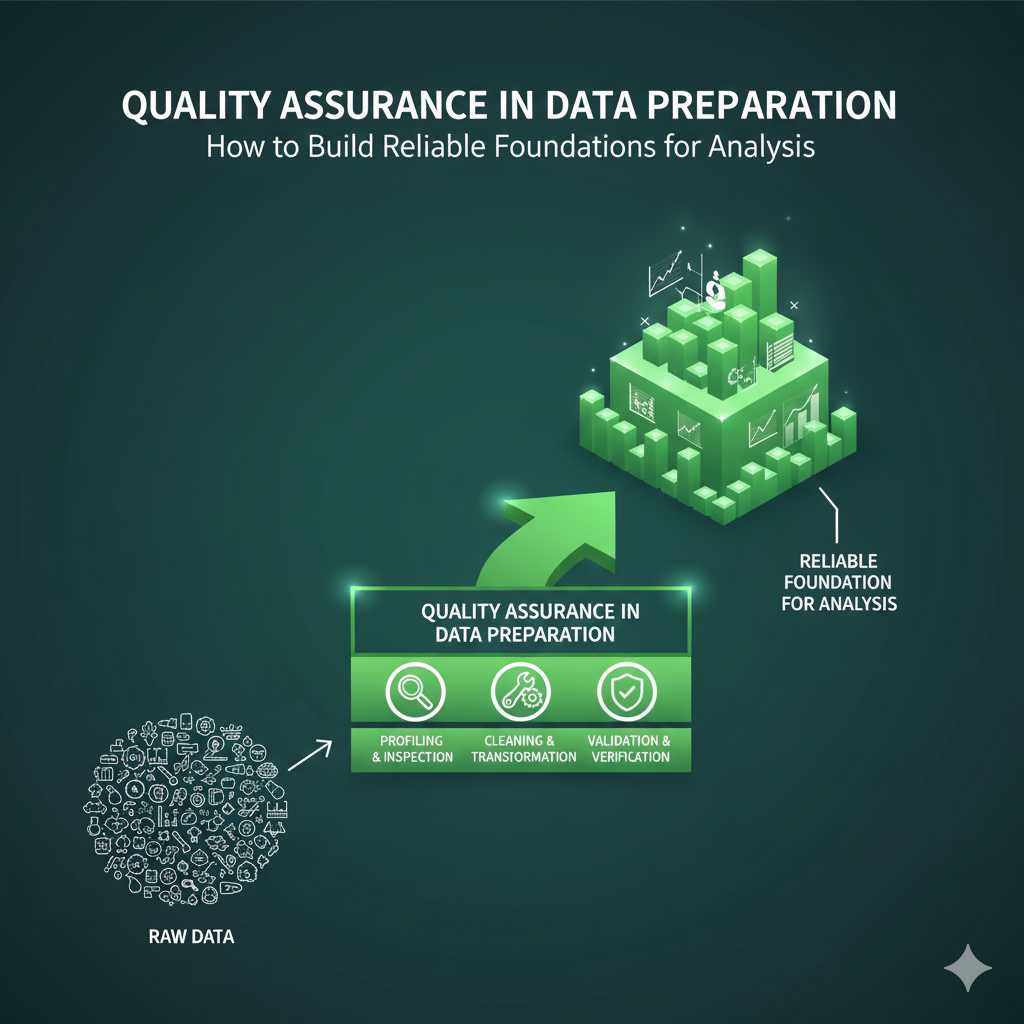
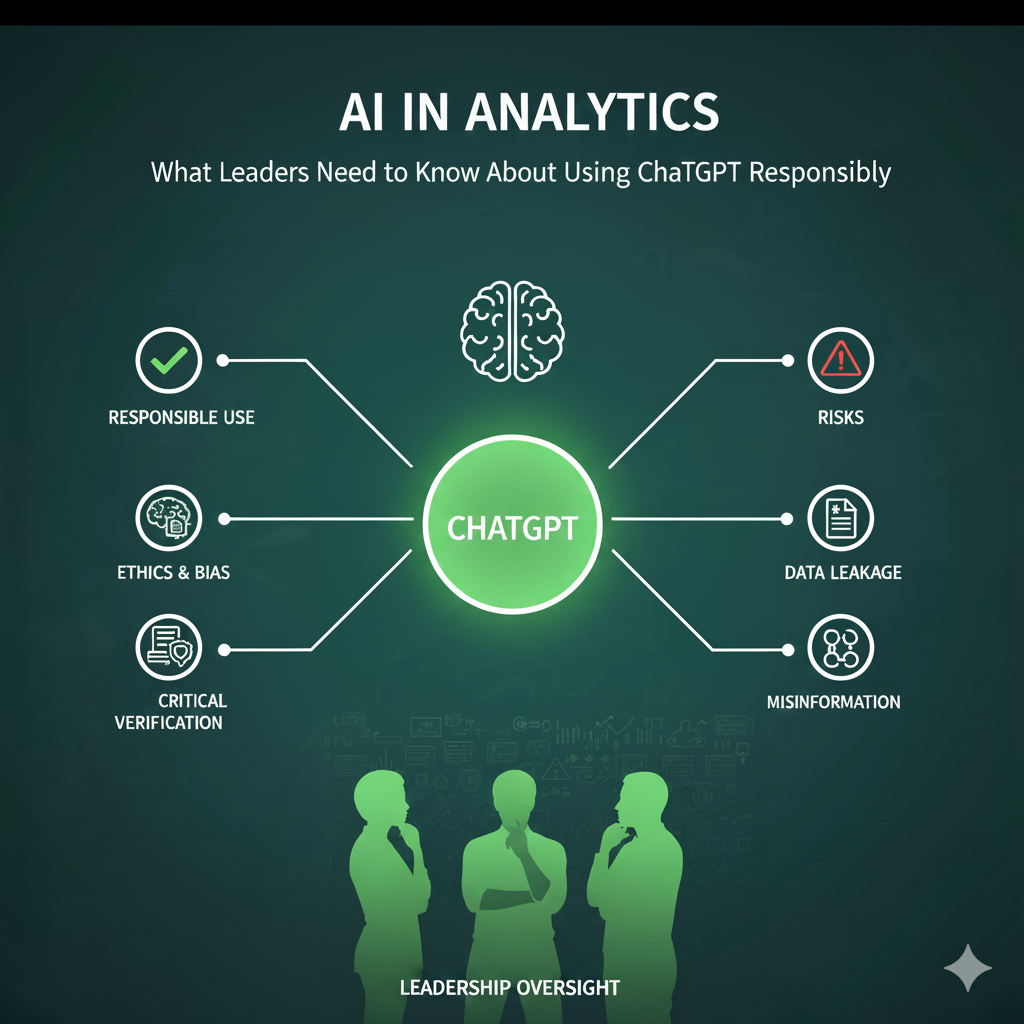
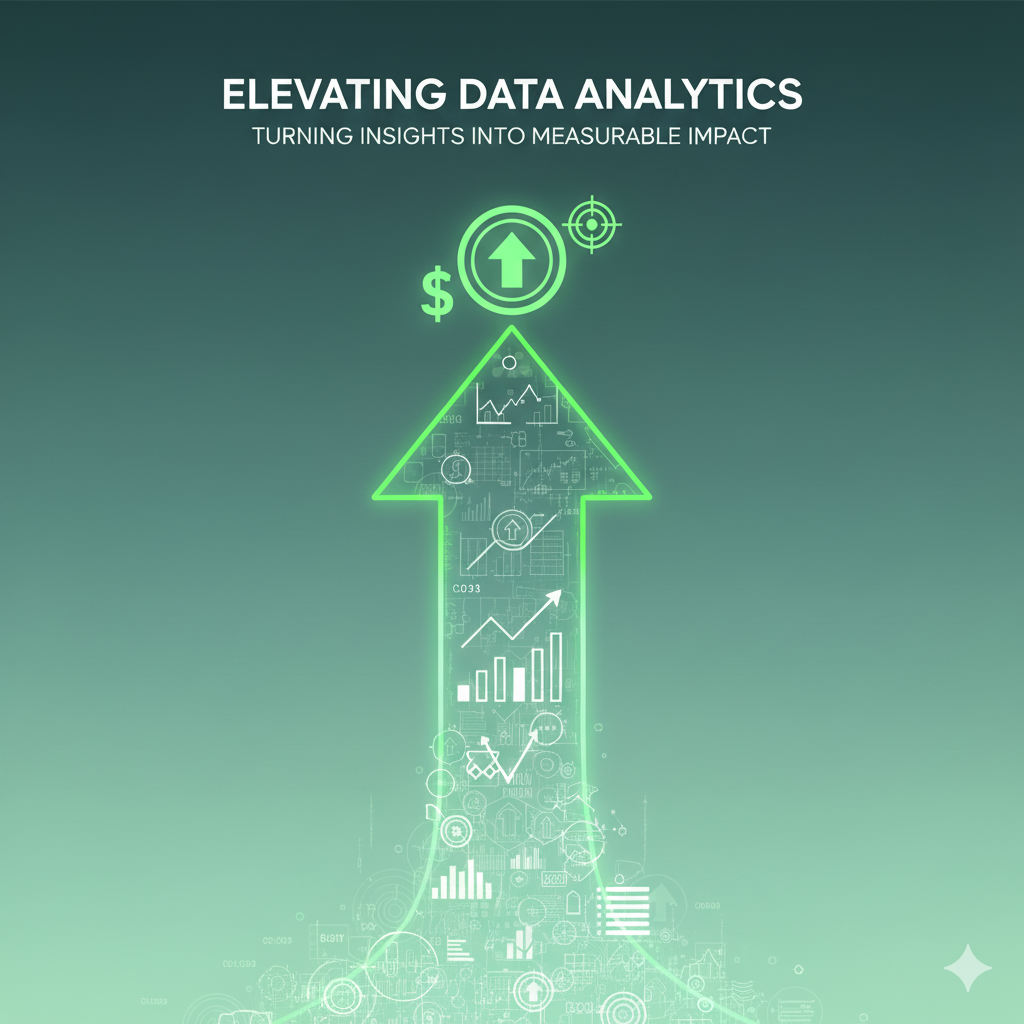
Responses